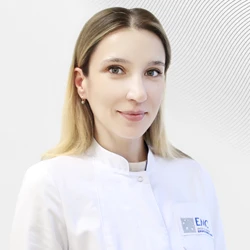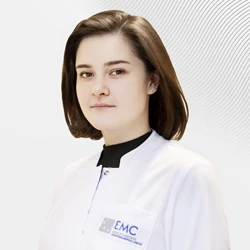Skin neoplasms
Every person has skin growths. Let's discuss the most common ones that cause cosmetic discomfort or pose a threat to human health.
Pigmented nevi (moles) and melanoma
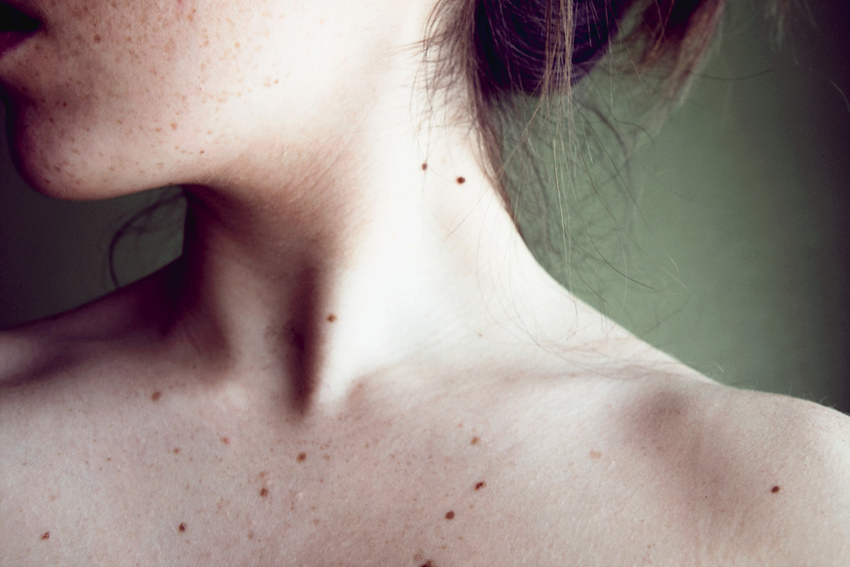 Most people are so scared of the deadly danger of melanoma that they see in every pigment formation on the skin a sign of imminent death, similar to the "black mark" seen by John Silver, the hero of Treasure Island. However, most of these growths are pigmented nevi, commonly referred to as "moles." It is important to be able to distinguish them from potentially dangerous and subject to disposal. This is the task of an experienced dermatologist – to examine each "mole" individually and according to certain signs form an opinion on the forecast of its development. Currently, for a clearer diagnosis, a special device called a dermatoscope is used, which magnifies the image by 8 or more times and, due to a special polarizing light, allows you to look deep into the boundary layer of the skin – the epidermis, where the tips of pigmented nevi are located. Thus, it is possible to better consider the horizontal boundaries of the neoplasm and the nature of the distribution of melanin granules, the pigment that turns the "mole" brown.
Most people are so scared of the deadly danger of melanoma that they see in every pigment formation on the skin a sign of imminent death, similar to the "black mark" seen by John Silver, the hero of Treasure Island. However, most of these growths are pigmented nevi, commonly referred to as "moles." It is important to be able to distinguish them from potentially dangerous and subject to disposal. This is the task of an experienced dermatologist – to examine each "mole" individually and according to certain signs form an opinion on the forecast of its development. Currently, for a clearer diagnosis, a special device called a dermatoscope is used, which magnifies the image by 8 or more times and, due to a special polarizing light, allows you to look deep into the boundary layer of the skin – the epidermis, where the tips of pigmented nevi are located. Thus, it is possible to better consider the horizontal boundaries of the neoplasm and the nature of the distribution of melanin granules, the pigment that turns the "mole" brown.
Benign nevi are an accumulation of a certain number of non-melanin-containing cells. Sometimes nevi are congenital (those that are already present on the skin of a newborn or appeared in the 1st year of life), but in most cases they appear in childhood or adolescence. In adulthood, as a rule, their number remains unchanged, and after 50 years it gradually decreases. During pregnancy, the number of nevi often increases, and their pigmentation increases.
The appearance of benign pigmented nevi depends on the type and depth of the non-ovoid cells forming them. Let's look at the most common ones:
BLUE NEVUS is a node of gray-blue or blue-black color, which is an accumulation of melanocytes deep in the dermis.
NEVUS SPITZ is a "juicy" pink knot. It occurs mainly in children. The former historical name, juvenile melanoma, is unfortunate. This is an absolutely benign formation.
The HALONEVUS is a brown "mole" surrounded by a white depigmented rim. Over time, the dark center turns red and disappears.Such formations can be multiple.
BECKER'S NEVUS is a pigmented area of skin covered with hair. The formation is more often located on the upper body or shoulders.
FRECKLES – not to be confused with pigmented nevi! Small pigmented spots that appear more often in people with fair skin on parts of the body that are "exposed" to the sun – the face, shoulders, and back. In the winter months, the freckles fade and disappear.
CHLOASMAS are areas of superficial hyperpigmentation, localized, as a rule, on the forehead and cheeks. They appear during pregnancy or taking hormonal estrogen medications in women and against the background of liver diseases in both sexes. In Schamberg's disease, the pigmentation color takes on the red hue of cayenne pepper.
Strictly speaking, chloasmas and freckles do not belong to skin neoplasms, because they do not contain non-ovoid cells. However, they need to be studied to differentiate them from pigmented nevi and lentigo melanoma.
Dysplastic nevi are prone to malignant degeneration and transformation into melanoma. In dysplastic nevi syndrome, multiple pigmented nevi appear in adolescence and are located mainly on the trunk. The disease is associated with a high risk of developing melanoma, especially with hereditary complications.
Signs indicating a possible malignant degeneration of pigmented formation:
- an increase in size of more than 30% in 1 month;
- a change in shape – the appearance of nodes rising above the surface of the skin or, conversely, retracted zones, asymmetrical sinuous edges, the growth of one of the sides;
- color changes – the appearance of black, blue, red, or, conversely, discoloration of the "mole";
- sensations – itching, pain, swelling, tingling, or any other;
- injury – damage to the "mole" by clothing, razor, or other things, especially accompanied by bleeding and crust formation.
A simple rule for the overall self-assessment of the degree of risk:
-
And (asymmetry) – asymmetry;
-
B (borders) – uneven edges;
-
C (colors) - color changes;
-
D (diameter) – change in size;
-
E (evolution) – any rapid changes, injury, burn, disappearance.
If the pigmented formation changes according to two or more of the listed criteria, a specialist consultation is indicated and in the future, most likely, surgical removal of this neoplasm for a more complete pathomorphological examination.
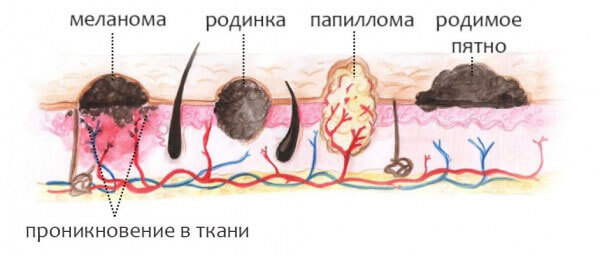 MELANOMA is a malignant neoplasm with a high risk of lymphogenous and hematogenous metastasis to distant organs.
MELANOMA is a malignant neoplasm with a high risk of lymphogenous and hematogenous metastasis to distant organs.
The incidence of melanoma is higher in countries with more sunny days per year, such as Australia. The skin type is of great importance.For natives of the Nordic countries with very fair skin, not prone to a "Celtic type" tan, the danger is higher than for darker-skinned people in the "Mediterranean" region who spend the same amount of time in the sun. Also predispose to меланоме sunburn.
The prognosis for skin melanoma depends on the depth of its penetration into the dermis, so early detection of signs of degeneration and even early removal of "suspicious moles" can save the patient's life.
Non-pigmented skin malignancies
Non-pigmented skin neoplasms are quite common. There may also be malignant ones, such as basal cell carcinoma and squamous cell carcinoma. However, unlike melanoma, if properly treated, they do not pose a danger to life.
BASAL cell carcinoma – or basal cell carcinoma of the skin – "corrosive ulcer", as it is sometimes called – is a site of formation of first a superficial crust, then a non-healing ulcer or intradermal node. The color of the knot ranges from the color of normal skin to brown-black, but in most cases it is pearly pink.
For the treatment of basal cell carcinoma, various removal methods are used: from cryodestruction with liquid nitrogen at a temperature of -208 degrees Celsius to modern laser fulguration. The choice of the method will be determined by an experienced doctor, depending on the location, form and stage of the process.
SQUAMOUS CELL CARCINOMA OF THE SKIN is a more malignant process than basal cell carcinoma due to its ability to metastasize. However, this property is manifested, as a rule, at the stage of a long, long-term existence of the disease center, which distinguishes it, in turn, from melanoma.
Most often, squamous cell carcinoma of the skin develops in places of chronic injury, for example, on the nasal mucosa, the red border of the lips, and the genitals. Aggressive sun exposure, trophic ulcers, and infectious foci are also a provoking factor.
For the treatment of foci of squamous cell carcinoma of the skin, the most modern methods are: external immunochemotherapy, sometimes in combination with phototherapy. Laser and surgical excision are also used, but due to the risk of scarring, these methods fade into the background.
Non-pigmented benign skin growths
A number of benign skin tumors originate from hair follicles, sebaceous glands, eccrine and apocrine sweat glands, and other structural elements of the skin. Let's touch only on some of them, those that patients treat most often.
SKIN PAPILLOMAS – or scientifically – fibroepithelial polyps are single or multiple growths of the epidermis that do not pose a threat to health, but have a pronounced cosmetic defect. Sometimes papillomas merge into whole "necklaces" around the neck of my patients. For treatment, simple electrocoagulation is the most effective method, which leaves practically no scars.
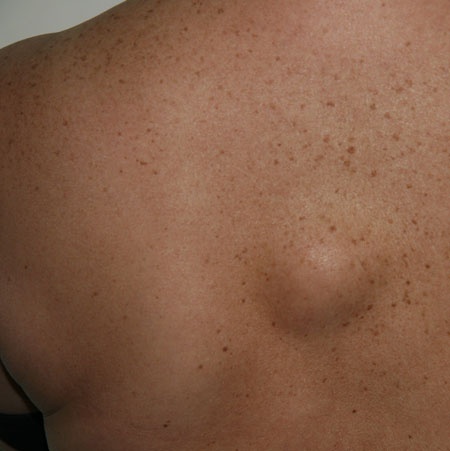
DERMATOFIBROMAS are single or multiple dense pale brownish nodules with a lilac tinge, which most often occur on the upper or lower extremities, usually in places of microtrauma. Absolutely not dangerous. Since they lie in the skin's thickness, they cannot be removed due to the risk of scarring.
LIPOMAS are slow–growing benign tumors originating from the fatty layer of the skin. With rapid growth, liposarcomas must be surgically removed due to the risk of developing. In other situations, the decision to remove is made only for aesthetic reasons.
SEBORRHEIC KERATOMASare often mistaken for melanoma due to their dark color and lumpy structure. In fact, this is a completely benign process, but unfortunately, it is very common. Such neoplasms are more common in old age, in some cases they are extremely large and spread to almost the entire body and face. Electrocoagulation, cryodestruction and laser fulguration are used for treatment. Very common seborrheic keratosis is a reason for comprehensive examination, as it can be a marker of liver diseases or malignant processes in internal organs.
EPIDERMOID CYSTS are very common, especially on the face, small intradermal formations with an internal capsule producing keratin. MILIA is a type of milia that looks like white balls under the skin of the cheeks and eyelids. For removal, low–traumatic cosmetological methods of extracting capsules with contents are used - curettage.
VASCULAR NEVI are a number of benign neoplasms, such as capillary, arachnid, senile hemangiomas, wine spots, pyogenic granulomas, and others. These tumors originate from small vessels of the skin and do not contain pigment cells, which makes them safe. Their diagnosis, as a rule, is not difficult: they have a specific color from strawberry pink to bluish-stagnant red, they turn pale when pressed with a slide or a dermatoscope in principle. They do not require treatment, they often disappear spontaneously, but in some cases they can be removed with a laser or photovoltaics for cosmetic purposes.
Advantages of EMC
In EMC, patients have an excellent opportunity to use the resources of a medical center that has no analogues
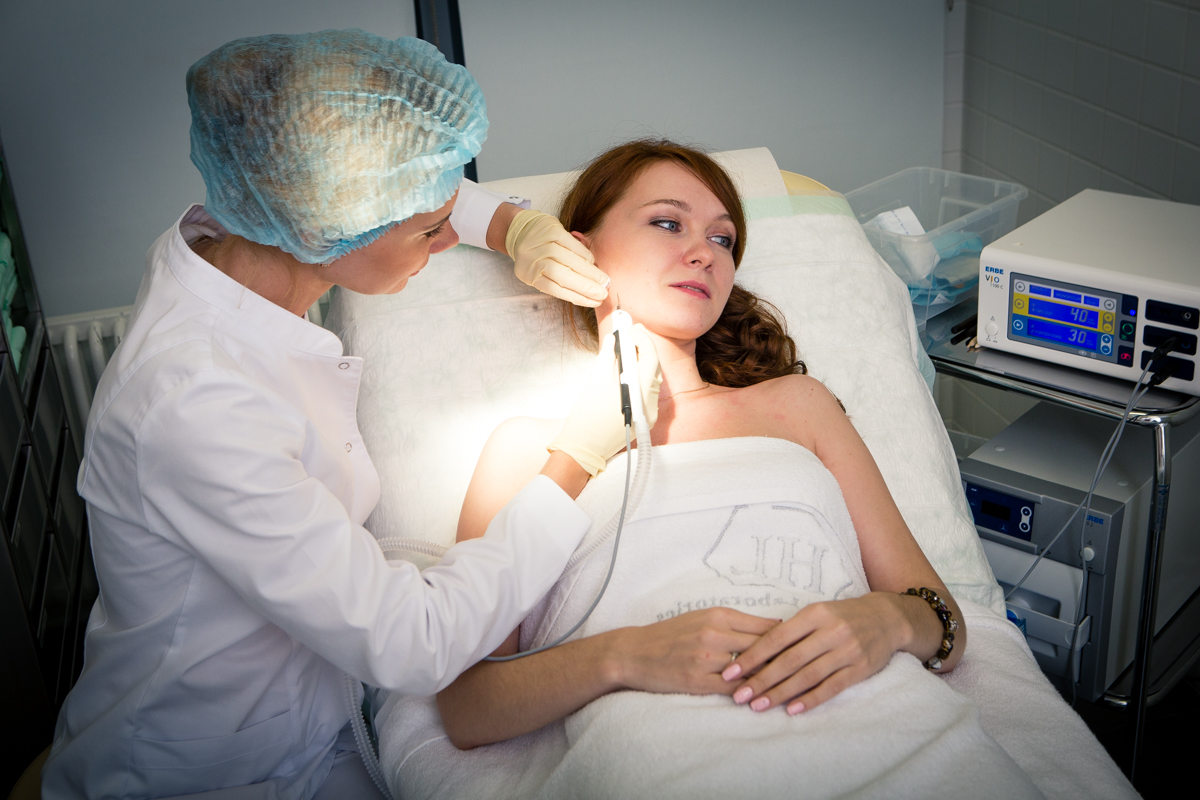
in Russia.
-
Doctors are professionals of the highest level.
-
All types of diagnostics, accounting and control: optical and digital dermatoscopy, "neoplasm mapping" of the skin of the whole body (Mole Mapping).
-
Our own histological laboratory, equipped with the latest technology.
-
Any type of skin neoplasm removal: laser arc, electrocoagulation, laser fulguration, cryodestruction, surgery.
-
Interdisciplinarity – consultations and assistance from doctors, highly qualified specialists from any field of medicine concentrated in one clinic.
-
Here, the vast experience of doctors, European medical protocols and the latest technologies are on guard of your health.
Why the EMC
The first and only clinic in Russia, created in the image of the world's leading clinics
EMC is a multidisciplinary center offering patients a high level of medical services and a personalized approach
Worldwide recognition and awards
 Learn more
Learn more
Worldwide recognition and awards
 Certificates and licenses
Certificates and licenses
Make an appointment for a consultation
Specify your contacts and we will contact you to clarify the details
Reviews
and new products of the EMC
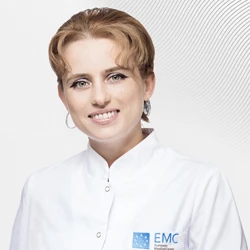
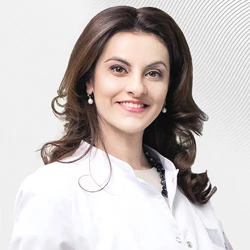
.webp)
.webp)
.webp)

